Superannuation Changes from July 1 2017 Posted on October 9, 2018

Although these changes are claimed to discourage the use of superannuation as a tax minimisation or estate planning vehicle, the changes also severely limit an individual’s ability to build up a substantial superannuation balance (e.g. by lowering the contribution caps and in some instances reducing the capacity to make non-concessional superannuation contributions). Therefore, due to these new rules, individuals may not be able to accumulate enough capital in superannuation to fund their own retirement without having to rely on the aged pension.
Some of the main changes as well as potential opportunities include the following:
-
A $1.6 million superannuation transfer balance cap (i.e. can only have a maximum starting balance of $1.6 million of superannuation savings in the tax-free retirement phase on 1 July 2017); and
-
Lowering the non-concessional contributions cap to $100,000 per year (currently $180,000 per year);
-
Lowering the concessional contributions cap to $25,000 per year (for everyone under 75);
-
An extra 15% contribution tax on concessional contributions made by individuals earning more than $250,000 a year (currently more than $300,000 a year); and
-
All but abolishing the effectiveness of TRIS (transition to retirement income streams).
Because we have about 7 months before the changes take effect on 1 July 2017, we look forward to working with you in this time to ensure you are in a position to make an informed decision on how to manage your superannuation assets and implement any strategies that may be applicable to your individual circumstances.
What do these changes mean for you?
$1.6 million superannuation transfer balance cap
From 1 July 2017 there will be a $1.6 million cap on the amount of capital that can be held in or transferred into the tax-free retirement phase of superannuation (e.g. superannuation pensions and annuities to members aged 60 or above). This means that, unlike the current position where all income on capital earned in retirement phase is tax exempt, only the earnings on $1.6 million of capital in the retirement phase will be tax exempt from 1 July 2017.
Assuming the amount in the retirement phase is $1.6 million at 1 July 2017 – if the value of the investments rise (for example to $2 million at the end of 2018) or decline (for example to $1 million at the end of 2018), there is no requirement to remove the excess of $400,000 in 2018 nor is there any possibility to top up the balance by $600,000 in 2018 (although the Government may provide relief in the case of a major economic downturn).
What to do before 1 July 2017: $1.6 million superannuation transfer balance cap
If a balance in the retirement phase will be more than $1.6 million by 1 July 2017, the excess must be commuted before 1 July 2017 to either:
-
accumulation phase (where earnings on the excess will no longer be tax-free, but will be taxed at 15%); or
-
outside Superannuation (where earnings will no longer be tax-free, but will be taxed at the individual’s marginal tax rate – where the first $18,200 of earnings will be tax-free and where senior’s and pensioner’s tax offsets may be available).
Fortunately capital gains tax relief would be available for such transfer of assets between the retirement and accumulation phases of the superannuation fund. The cost base of CGT assets reallocated (for industry superfunds) or re-appointed (for SMSFs) from the retirement phase to the accumulation phase will be reset to their market value.
For SMSFs this resetting of the cost base to market value broadly means that the tax-free capital gains that have been accumulated up until the date of transferring the excess to the accumulation phase since the cost base was reset. Such treatment therefore effectively preserves the tax-free capital gains that have been accrued up until the date the excess was transferred from the tax-free retirement phase to the accumulation phase.
Please note that, due to the one-third discount on the usual 15% tax rate, the effective tax rate on capital gains made on disposal of assets held by a superannuation fund for longer than 12 months is 10%.
If an individual breaches this $1.6 million cap (i.e. if the balance in the retirement phase is more than $1.6 million), the excess will be subject to excess transfer balance tax on the notional earnings on the excess to negate the benefit received from having the excess in the tax-free retirement phase. The tax will accrue daily until the excess is removed and increases for second and subsequent breaches.
If before 1 July 2017 an individual has a balance of more than $1.6 million in retirement phase, the individual will be unable to segregate assets that remain in retirement phase. That is, the $1.6 million will be appointed between different asset classes to arrive at the total $1.6 million cap. This means that individuals will not be permitted to select which assets compromise the $1.6 million retirement phase balance. For example, some individuals may have been tempted to place either high yielding or high capital growth assets in the $1.6 million retirement phase account; such an attempt will not be permitted.
A possible method of segregating assets might be to establish a new SMSF and then transfer particular assets to that SMSF to be held in either accumulation or retirement phases.
How can couples maximise the $1.6 million cap?
If couples are still in the accumulation phase, they may want to consider contribution-splitting strategies to ensure they take full advantage of each of their $1.6 million cap.
Likewise, if such a couple is in retirement phase, they may want to consider taking capital out of any account exceeding $1.6 million and transferring that capital to the lower balance account held by the person’s spouse.
|
Retirement phase from 1 July 2017
|
Issues to think about
|
|
Cap of $1.6 million of balance that can be in tax-free retirement phase |
Need to transfer excess to accumulation phase (taxed at 15%) or outside superannuation |
2. Changes to non-concessional contribution rules
Currently no cap applies to the total non-concessional contributions (i.e. contributions from after-tax income that have already been taxed at the individual’s marginal tax rate) that an individual can have in his/her superannuation fund. However, such contributions are limited to
$180,000 a year (or $540,000 under the ‘3 year bring-forward’ rule).
From 1 July 2017, an individual can only make non-concessional
contributions of $100,000 per year (or $300,000 under the ‘3 year
bring-forward’ rule) – provided that their total superannuation balance
at 30 June 2017 is less than $1.6 million.
If this $1.6 million superannuation balance cap is reached,
superannuation balances can only be increased through investment
growth or by making concessional contributions (limited to $25,000 a
year from 1 July 2017) – i.e. in such a case an individual would not be
able to make any more non-concessional contributions.
However, please note that the additional CGT cap of $1.415 million
derived from capital gains made from the sale of eligible small
businesses will remain and will not be counted towards the
$1.6 million superannuation balance cap.
Bearing this in mind, once in the accumulation account, if the
individual has fully utilised their transfer balance cap of $1.6 million as
well, then the CGT exempt amount must remain in an accumulation
account.
What to do before 1 July 2017: consider maximising non-concessional
contributions
An individual who has surplus savings (e.g. through selling assets
outside of superannuation, transferring business premises to a SMSF
or through using funds in a home loan offset account) may wish to
contribute $540,000 (a couple can contribute $1.08 million – $540,000
x 2) to superannuation before 30 June 2017 to maximise the existing
higher non-concessional contributions cap. If this approach is taken,
no further non-concessional contributions would then be able to be
made in 2018 and in 2019.
Note that if the total amount in superannuation at 30 June 2017 is $1.6
million or more, no non-concessional contributions can be made after
that date.
|
Non-concessional contributions from 1 July 2017 |
Issues to think about
|
|
Cap lowered to $100,000 a year if total superannuation balance is less than $1.6 million cap |
Time when is best to reach the $1.6 million cap |
|
Operation of the bring forward rule depends on the $1.6 million cap |
Have to calculate proximity to the $1.6 million cap |
|
The lifetime small business CGT cap ($1.415m in 2017) does not count towards the non-concessional $1.6 million cap |
Sell small business and contribute proceeds to super up to the lifetime small business CGT cap |
|
Tax offset for spouse contribution if spouse earns less than $40,000 |
Now possible to contribute more on behalf of your spouse (current qualifying contribution limited to $13,800) |
3. Changes to concessional contribution rules
From 1 July 2017, the maximum amount that can be contributed from
pre-tax dollars (e.g. 9.5% compulsory superannuation guarantee and
voluntary salary-sacrifice) will be limited to $25,000 per year for all
ages (currently individuals under age 49 at 30 June 2016 can contribute
up to $30,000 to superannuation and $35,000 if 49 years or over).
Furthermore, the high income threshold will also be lowered
from $300,000 to $250,000 – which means that from 1 July 2017,
concessional contributions made by individuals earning more than
$250,000 will be subject to Division 293 contributions tax of 30% (as
opposed to the normal 15%).
However, from 1 July 2017, any individual (up to the age of 75) will be
allowed a tax deduction for personal concessional contributions with
the removal of the so-called 10% rule. Currently this rule provides that
a deduction is only allowed for contributions if the individual earns less
than 10% of their income from employment (i.e. currently personal
superannuation contributions are tax deductible for individuals
substantially self-employed or who are under 65 years and have
investment income). Please note that an individual still must satisfy a
work test where they are over the age of 65.
What to do before 1 July 2017: consider maximising
concessional contributions
An individual with sufficient funds may consider maximising
concessional superannuation contributions (currently either $35,000 or
$30,000 depending on age) before 30 June 2017.
|
Concessional contributions from 1 July 2017 |
Issues to think about |
|
Cap lowered to $25,000 per year (for all individuals under the age of 75) |
Max out concessional contributions (e.g. $30,000 or $35,000) before 1 July 2017 |
|
15% tax on contributions if you earn less than $250,000 |
Consider ways to decrease income to below $250,000 |
|
Everyone entitled to a tax deduction whenever they make a personal contribution – no 10% rule |
Consider making a personal contribution to obtain the tax deduction |
|
Catch-up contributions from 1 July 2018 (for up to 5 years) if superannuation balance at 30 June of previous year is less than $500,000 |
Allow people with interrupted work patterns to catch up on super |
|
Can’t make contributions if 65 years or older and not working |
Same as before |
4. (All but) abolishing the effectiveness of TRIS
From 1 July 2017, having a TRIS may no longer be as attractive as is
currently the case, mainly because earnings from assets supporting
a TRIS will no longer be tax-free but taxed at 15%. Further, TRIS
payments as lump sums (and thereby receive $195,000 tax-free) will
not be available.
Also bear in mind that any re-contributions of TRIS pensions will be
subject to the new $1.6 million superannuation balance cap (i.e. once
the superannuation balance reaches $1.6 million, the previous recontribution
strategy of making non-concessional contributions cannot
be made).
Therefore, if an individual over age 60 is considering converting their
TRIS to a full pension, they may have to cease working (i.e. meet a
condition of release).
|
TRIS from 1 July 2017 |
Issues to think about |
|
Fund earnings taxed at up to 15% (currently exempt) |
Not much incentive to continue a TRIS |
|
Non-concessional recontributions may breach $1.6 million cap |
Watch out for recontributions of pension drawdowns that may breach the $1.6 million cap |
5. How do these changes affect properties held in
SMSFs?
Will the $1.6 million transfer balance cap affect your
decision to sell property?
This $1.6 million transfer balance cap poses a conundrum for SMSFs
that own property – especially if the property is likely to exceed the
$1.6 million cap.
If an SMSF in the retirement phase holds property with a value of $1.6
million, consideration might be given to selling the property before 1
July 2017 because any capital gain arising will be tax-free (of course,
any rental income earned before 1 July 2017 will also be exempt).
If such a property is sold after 1 July 2017 the gain above market value
since the date of transfer of the asset into the accumulation phase will
be subject to CGT at a rate of 10% (provided the property has been
held for at least 12 months before sale (of course, any rental income
earned in accumulation phase before the sale will be subject to tax at
15%).
This tax of 10% or 15% can be a considerable impost, especially on
property which has high capital growth post 1 July 2017. Therefore,
SMSFs should manage cash flow to fund these tax imposts.
Personal circumstances will affect a decision on whether to sell or
retain a property before 1 July 2017. If the property is to remain in an
SMSF, consideration must be given on how the SMSF will fund the
CGT liability on eventual sale of the property. Tax should not be the
sole consideration when deciding whether to sell property in an SMSF
before or after 1 July 2017.
Please note, that if you had the property in your own name (i.e. not in
the name of the SMSF), you would pay CGT at your marginal tax rate
on any capital gain on the eventual sale of the asset.
This illustrates that holding property in a SMSF still remains very
tax-effective with earnings being taxed at 15% instead of potentially
49%. Advice should be sought on the best way to structure an SMSF’s
investments.
Changes to the non-concessional contribution rules may
affect an SMSF’s decision to sell
An SMSF which owns properties and which funds mortgage payments
from non-concessional contributions may become financially stressed
if superannuation balances exceed $1.6 million (because no more
non-concessional contributions will be allowed once each member’s
superannuation balance exceeds $1.6 million).
Please seek our advice if the $1.6 million cap is being approached
or is already exceeded so that potential strategies can be developed
(e.g. if possible, allow more members into the SMSF that have less
than $1.6 million in superannuation so that more non-concessional
contributions can be made – and the mortgage therefore can continue
to be serviced).
How can Robson Partners help you?
These significant changes that will apply from 1 July 2017 will cause
everyone to reconsider their retirement plan – action should be
taken well in advance of 30 June 2017.
This alert provides a brief overview of the impending superannuation
changes as well as some of the challenges and potential opportunities
available to maximise your retirement nest egg.





